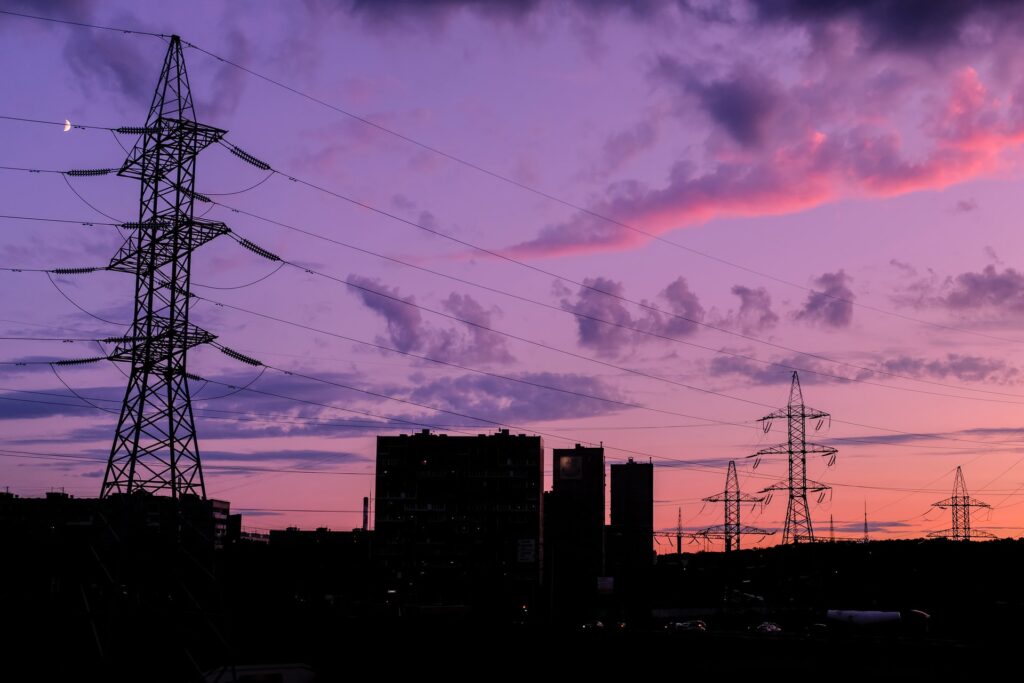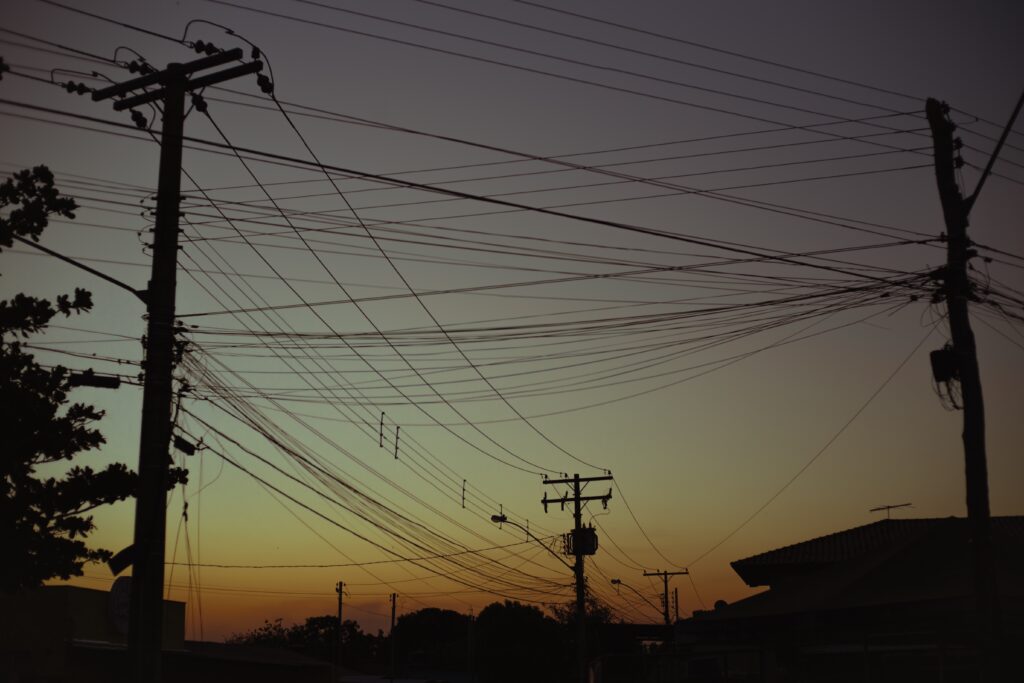Power outage is defined as the loss of power in the main electrical grid in an area. It may be caused by natural causes, human error or overload in the transmission lines. The various types of power outages such as blackouts, brownouts, permanent faults and rolling blackouts are each handled independently as each has different types of solutions.
Utility pole cross arm is an collection of components installed near the top of an electric utility pole, whose main purpose is to support mechanical load of the conductors, insulators and related hardware. They can be made from steel or wood depending on their installation destinations. They are beneficial in the construction of aerial transmission lines to enable power to flow seamlessly from one point to another.
Power outages are most likely to occur during storms like the violent winds, sizzling temperatures or freezing rains. They can also be affected by squirrels and other animals on the line. They in fact cause more than a thousand power outages in a year. Cell receptions are only affected in areas where the cell towers are affected by the outage. The use of utility pole cross arms in a telecommunication pole is essential as it can prevent power loss of the main cell pole thus maintaining cell power in an area. In other types of outages, cell phones may not be affected as they are mainly battery charged.
Areas with high population density are mostly prone to power outages. A grid that supports large geographical areas is also prone to power outages. Brownouts and rolling blackouts are also high in such areas that do not have enough capacity to reliably serve such a population. These power outages are reported by identifying the local transmission and distribution service provider and call them from a phone that is working during the outage.
Table of Contents
How to Prepare for Power Outages
Power outages apart from rolling blackouts happen abruptly and can cause a lot of inconveniences. Regardless of the type of power outage, utility pole cross arms can help in protecting the conductors and insulators to help in preventing power outages in an area. There are a number of ways that people can prepare for outage cases, these include:
- Have an evacuation plan – it is suggested to stay at home during the power outages and wait for the fixing. In some situations such as hurricanes, it is advisable to leave your homes quickly. Creating an evacuation plan is necessary for such cases such as keeping all important documents in one place which makes it easy to grab them on the way out. Ensure that everything is turned off and make sure no gas driven equipment is running.
- First aid kit – this should already be standard at your home. However, an extra supply of hygiene products is recommended in case of an emergency. The utility pole cross arms are essential to hold the wires up on the pole and help balance the amount of electricity is on the system.
- Water – long blackouts may cause water to be contaminated and may also cause water outage too. It is recommended to store drinking water in place for sustainability during such cases.
- Flashlights – flashlights should be kept at all easily reachable places around the house which makes them easy to grab. They should be fully powered and have extra batteries in place for durability for such cases.
- Radio – this can often times be forgotten as a necessity as it is highly required in the case where phones are out of service. This helps because government may pass down more necessary information through the radio.

How to Determine if There is Power Outage
Sometimes it can be difficult to know whether there is a power outage when there is no power at your home. Many times it may be the property that is experiencing the outage and you might be able to fix it by flipping the power switch. Other times this may not be the case and it may be easier to first check the breaker box and then ask the neighbors if they have power. The utility pole cross arm ensures that conductors and insulators are protected from the violent strong winds.

